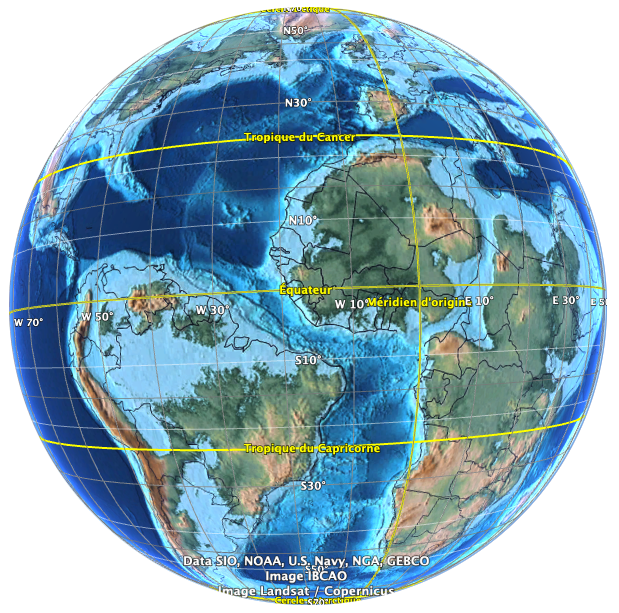Global Agency of Geosciences Experts
Global Agency of Geosciences Experts
1) To gain knowledge of the different microfossil groups and in which ages and palaeoenvironments they can be utilized 2) To explore the concepts and applications of chrono-, litho-, biostratigraphy and geochronology. 3) To develop an understanding of how biostratigraphical data can be integrated with other geological data to optimize its use as an interpretative tool 4) To interpret palaeoenvironment of deposition by using biostratigraphical assemblages 5) To use biostratigraphy as a predictive tool in exploration and development
Previous general background in geology is beneficial for participants. This training course is suitable to a wide range of professionals but will greatly benefit: • Exploration Geologists • Geology PhD and Master students • Development Geologists • Seismic Interpreters • Sedimentologists • Petrographers • Upstream subsurface professionals who are interested in optimally utilizing geological data as a predictive tool in sedimentary basins and for identifying hydrocarbon plays in active petroleum systems.
Six weeks (50 hours) is the ideal time. The case can be shortened or lengthened according to the request.
5 Session






 Geoid Training available
Geoid Training available

Stratigraphy and an Introduction to Micropaleontology
• The Laws of Stratigraphy
• Age Dating Methods for Sediments and Igneous Rocks
• The Stratigraphical Column and Chronostratigraphy
• The Different Microfossil Groups and Preparation Techniques
• Organic Microfossils (Palynomorphs) including Acritarchs, Chitinozoans, Dinoflagellates, Pollen and Spores
• Inorganic Microfossils including Microforaminifera and Ostracoda
Biostratigraphy
• Microfossil evolution through the Stratigraphical Column
• Building stratigraphical range charts
• First downhole occurrence, last downhole occurrence, fossil assemblages
• Numerical methods, abundance increases and maxima
• Index fossils
• Stratigraphical type sections and the relation between Biostratigraphy and Chronostratigraphy
Biostratigraphical Correlations and Correlation Techniques
• Pitfalls using biostratigraphical data, downhole caving, reworking, contamination
• Definition of biozones
• Integration of sedimentological and petrographical data
• The integration of geochemical information
• Identification of unconformities / hiatus in the sequences
Biostratigraphy, Paleoenvironments and Sequence Stratigraphy
• Using Micropalaeontology for palaeoenvironmental interpretation
• Marine microfossils vs. non-marine microfossils
• Preservation of microfossil groups and different lithologies
• Definition of water depth from the different fossil groups
• The identification of sequence boundaries using biostratigraphical Data
• Using biostratigraphical data to identify condensed sequences and maximum flooding surfaces
• Using biostratigraphical data to identify low stand System and high stand system tracts
Play Definition using Play Based Exploration Techniques
• Hydrocarbon Play definition
• Integrated Biostratigraphy and its use in Play based exploration techniques
• The deltaic to marine Cretaceous Alagamar Play in Potiguar Basin, Equatorial Marginal of Brazil
• The Cenozoic deep-water turbidites and associated salt play, Lower Congo Basin, Angola
• The Early Silurian Hot shales of the Arabian plate, source rock characterization







If you require a classroom training or a video training we’ll put you in contact with the best professor teaching in the language of your choice.
© 2022 All rights reserved